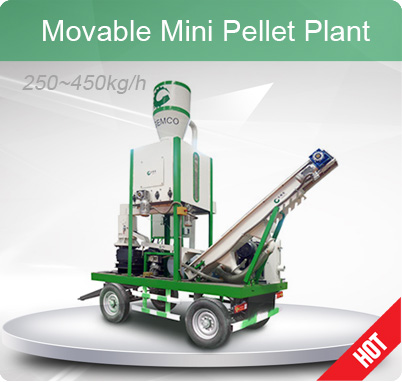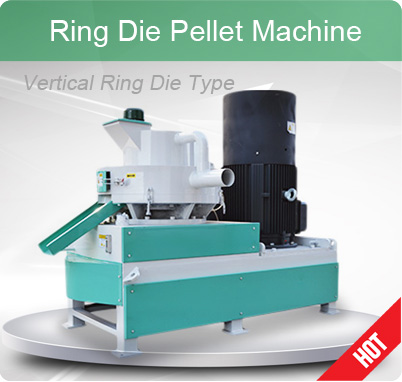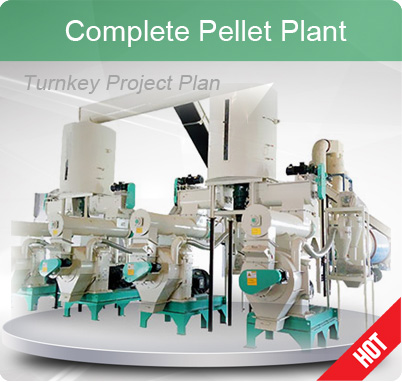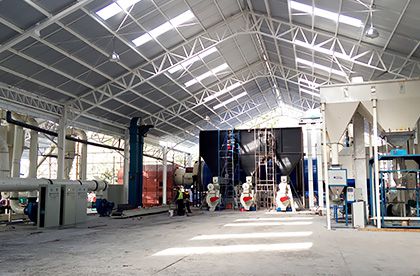How to Make Premium Hardwood Pellets for Optimal Performance
Hardwood pellets are small, compressed pellets made from hardwood biomass, typically derived from trees such as oak, beech, maple, ash, and others. They are commonly used as a source of heat and energy in residential and commercial settings. Some of the most popular hardwood for pellet production include:

- Oak (Quercus spp.): Oak is known for its high density and energy content, making it a preferred choice for hardwood pellets.
- Beech (Fagus spp.): Beech wood is also commonly used for pellet production due to its high calorific value and density.
- Maple (Acer spp.): Maple wood is known for its density and low moisture content, making it suitable for pellet production.
- Ash (Fraxinus spp.): Ash wood is prized for its high energy content and low ash content, making it a popular choice for pellet manufacturing.
- Birch (Betula spp.): Birch wood is known for its high heat output and low moisture content, making it suitable for pellet production.
- Hickory (Carya spp.): Hickory wood is dense and has a high heat value, making it suitable for pellet production.
- Walnut (Juglans spp.): Walnut wood has high energy content and burns slowly, making it suitable for hardwood pellets.
There are more hardwood species or mixed hardwoods that can also be used for home or commercial pellet making. If you want to know more information or just have any questions about hardwood pelletizing, please contact us directly and our professional engineers will help to solve your problems timely!
How to Make Hardwood Pellets?
Hardwood pellets making involves several process and requires specific equipment, which is especially needed in commercial or industrial wood pellet production line. (Read more: How to Make Wood Pellets at Home?)
Here is a detailed hardwood pellet production process and biomass pelletizing machines involved:

Hardwood Pellet Production Line - Profitable Investment
- 1. Raw Material Preparation
The first step is to collect and prepare the raw material, which is typically hardwood biomass such as logs, sawdust, wood chips, wood shavings or mixed hardwood. The raw material needs to be chipped or ground into smaller pieces to facilitate the subsequent processes. Equipment used in the first process includes chippers, grinders, or hammer mills. However, these equipment is not absolute, the selection of these machines should be based on the raw materials property and the capacity of whole hardwood pellet production line. If the raw materials are suitable for pelletizing, some of these machines are not needed. In general, a large scale wood pellet plant will requires all these equipment to better deal with raw materials. (Read more: Professional Wood Chipper for Sales >>)
- 2. Drying
Hardwood biomass usually contains a certain amount of moisture, which needs to be reduced to an optimal level for pellet production. Drying is done using a rotary dryer or a flash dryer, which utilizes hot air to remove moisture from the biomass. The dried biomass should have a moisture content of around 10-15%.
- 3. Size Reduction
After drying, the biomass is further reduced in size to ensure uniformity and facilitate the pelletizing process. This can be done using a hammer mill or a wood chipper. (Read more: Commercial Hammer Mill for Pellet Production >>)
- 4. Pelletizing
The actual hardwood pelletizing process involves compressing the prepared biomass into dense pellets, which is accomplished through the use of a hardwood pellet maker. The biomass material is fed into hardwood pellet mill, where it is forced through the die by the rotating rollers. The die contains small holes, which give the pellets their shape and size. Heat and pressure generated during the process cause the lignin present in the biomass to act as a natural binding agent, holding the pellets together. The pellets are then cut to the desired length by a cutter attached to wood pellet mill. (Read more: Small Wood Pellet Machine for Sales >>)
- 5. Cooling
Once the pellets are formed, they are hot and need to be cooled down to ambient temperature to prevent degradation and maintain their structural integrity. Cooling is typically achieved using a pellet cooler, which employs ambient or forced air to cool the pellets. The cooled pellets are then ready for packaging or further processing.
- 6. Screening and Packaging
Before packaging, the pellets may undergo a screening process to remove any fines or oversized particles. This is done using a vibrating screen or a pellet screener. The final step involves packaging the pellets into bags or bulk containers for distribution and sale. Packaging can be done manually or using automated bagging equipment.
Additional Equipment for Hardwood Pelletizing Plant: In addition to the main equipment mentioned above, the hardwood pellet production process may involve other auxiliary equipment such as conveyors, cyclones, dust collectors, and storage silos. These components help in handling and transferring the biomass between different stages of the process.
Difference between Hardwood Pellet Maker and Softwood Pellet Maker?

Hardwood Pellet Maker at Factory Price
With the continuous development of wood pelletizing technology, there is actually little difference between hardwood pellet maker and softwood pellet market. The biggest difference between hardwood pellet making and softwood pellet making is in the adjustment of compression ratio of the die. Usually, the hardwood pellet mill's mill compression ratio is a little smaller than the softwood pellet mill's compression ratio. For more detailed parameters, please contact our professional engineers to answer your questions.












